NASA has announced the successful completion of in-flight testing on the eXternal Visibility System (XVS) for its X-59 Quiet SuperSonic Technology (QueSST) aircraft. According to NASA, the XVS “virtual window” forward-facing camera and display system creates “an augmented reality view of the X-59 pilot’s forward line-of-sight along with graphical flight data overlays.” The supersonic X-59 was designed without a forward-facing window to allow the nose to be slimmer and more contoured, producing smaller shockwaves and reducing noise.
“Our goal is to create an electronic means of vision for the X-59 pilot that provides performance and safety levels equivalent to or better than forward-facing windows,” said XVS subsystem lead Randy Bailey. XVS testing took place at NASA’s Langley Research Center in Hampton, Virginia, using a Beechcraft King Air UC-12B. NASA says testing focused on identifying traffic in a variety of scenarios using a “comparison of the time required to recognize the target aircraft by a pilot seated in the cockpit of the UC-12B looking through forward windows and a pilot seated in the cabin of the same UC-12B at the controls of the functional XVS mock-up.”
As previously reported by AVweb, NASA plans to fly the X-59, which is being built by Lockheed Martin, for the first time in 2021. It will be the agency’s first piloted, full-size X-plane in more than 30 years. NASA’s goal with the project is to develop technology that will allow an aircraft capable of traveling at supersonic speeds to remain quiet enough to overfly populated areas.




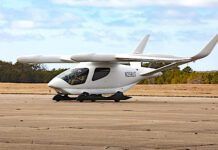
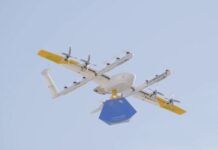



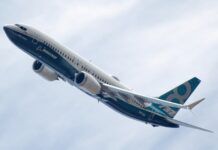

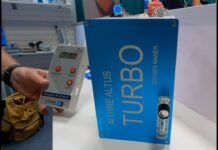
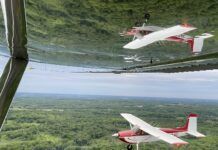
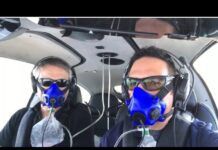

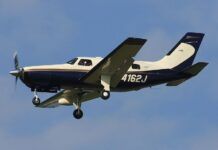

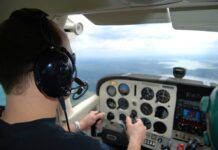

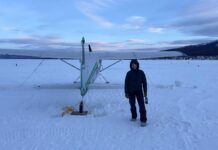
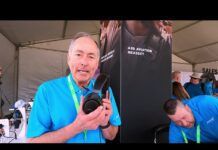
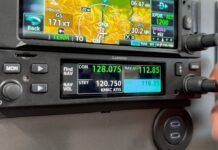
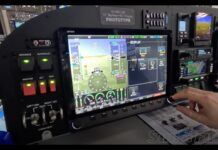






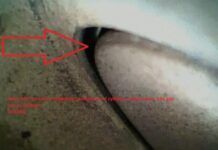
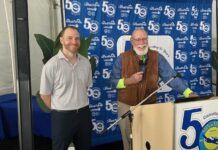

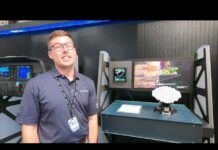
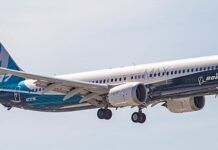
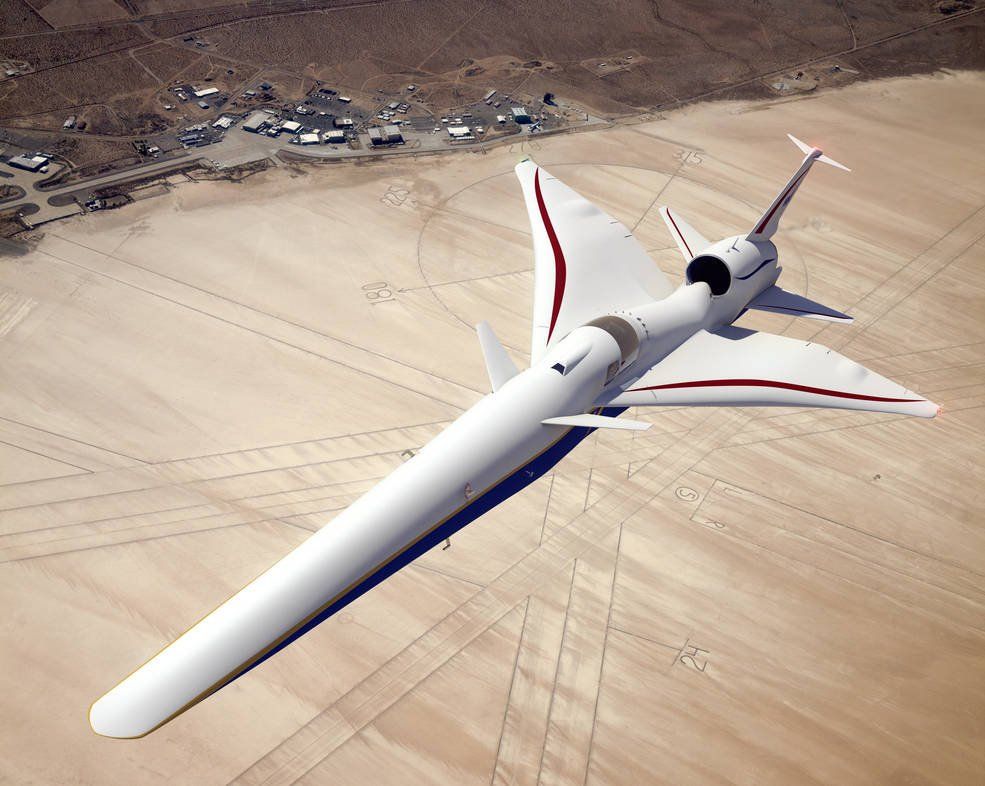

So when a full sized next gen SST pops out after NASA gets done with all this free testing for others, will the passengers have to lay in the supine position to eliminate the excess drag caused by upright seats in the cross-sectional design? Well, by that time, the thing will likely be autonomous and XVS won’t be required. Hopefully, it’ll also be fully electric, running only on batteries to make it “green.” Wait! Wasn’t the X-57 Maxwell supposed to do that?
No wonder we have to depend upon Russians and private industry to service the Int’l Space Station and the return to the Moon efforts are so far behind schedule. NASA needs to start focusing itself.
I reminded myself about the X-57 LeapTech airplane so I googled it to remind myself of what’s going on.
The X-57 has 14 electric motors, has a 100 mi range and 1 hour endurance and they’ve been working on it for years … GREAT work, NASA ! You’re gonna need a lot of those motors to go supersonic. It’s tough NOT to be snide when I read stuff like this. How the heck did NASA ever get to the moon in less than a decade in the 60’s? At Airventure 2019, Burt Rutan said just that at more than one forum. He loathes NASA as a bloated Government Agency. I agree. BTW … nice Cirrus airplane and A-20’s in that XVS testing, guys.
At Airventure 2018, I attended an X-59 briefing by the project pilot. When Q&A opened up, I asked him why NASA was largely duplicating work already done by my former Company (working with NASA Dryden) on an airplane called SSBD. You shoulda seen the look on his face … it was like, “you’re not supposed to know that.” His answer … “we’re ‘expanding’ on the previous work.” That was more than 15 years ago ! That oughta give a few more GS-14’s and above time to retire.
Not a Cirrus Larry. Look again.
OK, David B … I missed it cuz I became SO livid over this “PR” stunt trying to justify their existence doing work that’s already — ostensibly — been done 15 years ago. Still … a high end airplane (and headsets) … not Grandpa’s C172. That was my point. Mea maxima culpa.
Good thing I don’t control their purse strings. These people could make a multi-million dollar and multi-year program out of boiling water and writing tech reports on the vapor pressure’s effects upon same. Meanwhile, SpaceX and Blue Origin are getting rich doing work NASA — apparently — can no longer do ? Now that I think about it, Lockheed Martin is getting rich on THIS thing, too. Swell. Let’s all share the unlimited research bucks.
In the next installment of their superb X-59 PR video work justifying their jobs, I’d like to see a model of the X-59 with sparklers shooting sparks out of the back end … kinda like that thing Flash Gordon used to fly when he went off to fight Emporer Ming on planet Mongo back in the 30’s.
Hey NASA … why don’t ya go down the road to the Titusville airport and just use the SSBD sitting there in the museum and fly IT over south Texas? It’s “shovel ready” except for some engines and a wax job.
Folks … google, “Quieting the Boom” (a NASA aeronautics ebook) written circa 2004 … you’ll see why I’m so mad.
I have a 172. I don’t think I could use it to effectively fly chase on a King Air. I think their use of a fast single-engine piston aircraft for chase was probably an attempt to control budget. Otherwise, they could have just used a second King Air for chase. I’m sure that’s what the military or the FAA would have done.
Since it’s not economically viable for an airline to operate at these speeds and low payloads, then why is it important that a plane (that no one will buy) be “quiet”.?
Precisely.
At Airventure, Sen. Inhofe said that the current top three priorities for the folks that’re “here ta help” are supersonic flight, drones and solving MCAS. Geesh. The (then) acting Administrator — a noticeably personable guy — even had the gall to tell me directly that the FAA is notorious for being “slow” to act when answering my question on an unrelated subject. So they, too, want to help NASA to enable wealthy folks to get from NYC to LA faster, help Elon deliver packages and help Boeing finish the design work that shoulda been done up front by the subcontractor they paid $9/hr to do. I wish everyone here could have heart Burt Rutan’s take on it all. Extrapolate.
Senator James “I land on closed runways” Inhofe?
He’s not high on my list when I think of good judgment and aviation.
He expounded on that exact issue and I think you better “dive” into this a bit further, Mark. The NOTAM system failed him, among other things. That’s what propelled him to write the Pilot’s Protection Act.
Anyone with 11,000 hours is bound to make a mistake once in a while, too. The guy is doing more for GA than all other 534 Congress people combined, IMHO.
“Inhofe said he didn’t see the Xs until late on final and was concerned he might not be able to abort safely” -AvWeb
EXCUSE ME, but there was a NOTAM!
Also, if you SEE the marker for a closed runway and then says you can’t go around (daytime, VFR, sea level, flat coastal, no obstructions, 3 other available runways) then you should not be a PIC. That’s not a mistake, that’s a mistake compounded with arrogance. Power up and GO AROUND. Sheesh!
It’s clear that we have a syzygetic opinion of the good Senator. Either way, it has no bearing on the assujettir du jour.
“good”?
It does have bearing when people in seats power have really, really, BAD judgement.